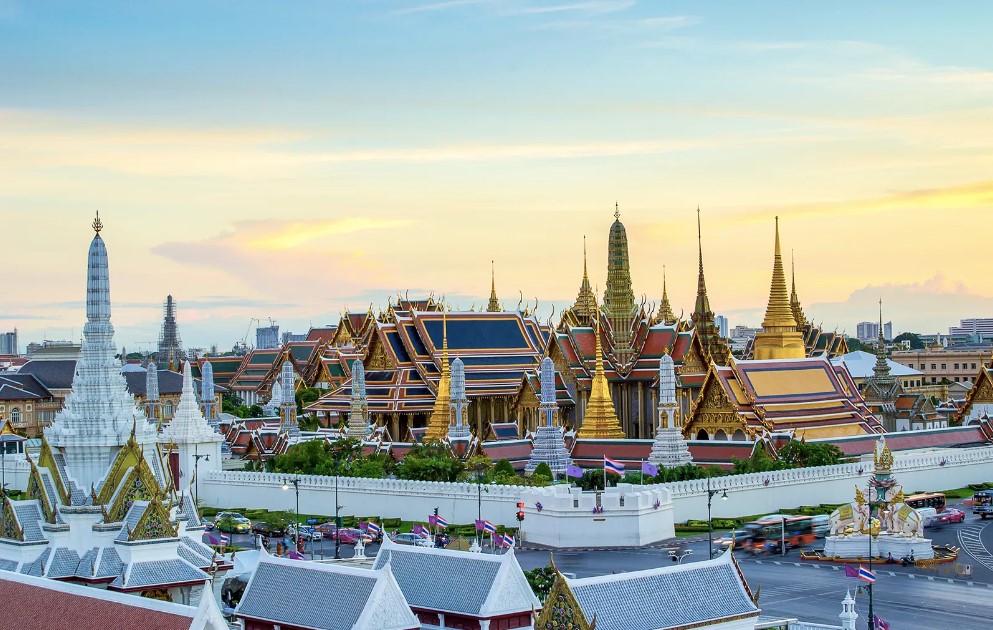Is there a secret to longevity? This health expert says 1,000% yes
In the era of social media, post-COVID, and with mental health at the forefront, a shift is taking […]

Thailand has a distinct and fascinating history that makes it stand out from other countries in Southeast Asia. It is well-known for its breathtaking landscapes, lively culture, and mouthwatering cuisine.
Thailand’s history is complex and intriguing, with a rich tapestry of ancient kingdoms and modern alterations, and the distinction of being the only nation in Southeast Asia never colonised by a European power. Here are a few gems from the peculiar history of Thailand.
The land of freedom
The fact that Thailand was never colonised by a European force is among the history’s most remarkable features, reflected by the very name of the nation, Thailand, which translates to “Land of the Free”.
Thailand skillfully negotiated the colonial pressures of the late 19th and early 20th centuries, while neighbouring nations like Vietnam, Laos, Cambodia, and Myanmar came under French and British authority. Thailand also retained its sovereignty by a combination of cunning diplomacy and calculated concessions, such as giving up portions of its territory to France and Britain. Particularly skilled in modernising the nation and negotiating with colonial powers to maintain Thailand’s independence were the Kings Rama IV (Mongkut) and Rama V (Chulalongkorn).
The ancient kingdoms
Thailand was an array of powerful and competing kingdoms before it became a unified nation. The most noteworthy of these were the Sukhothai and Ayutthaya kingdoms.
Sukhothai Kingdom
Founded in the 13th century, Sukhothai is commonly regarded as the first authentic Thai kingdom. It is known for its cultural achievements and is sometimes referred to as Thailand’s “Golden Age.” King Ramkhamhaeng, a mythological person, is credited with developing the Thai script and establishing Buddhism as the predominant religion.
Ayutthaya Kingdom
Following Sukhothai, the Ayutthaya Kingdom rose to prominence in the 14th century and persisted until the late 18th century. Ayutthaya became one of the world’s most cosmopolitan cities, attracting traders from as far away as Europe and Japan. The kingdom’s capital was renowned for its splendour and became a center for art, culture, and international commerce.
The fall of Ayutthaya and the rise of Bangkok
The Burmese conquered the Ayutthaya Kingdom in 1767, causing chaos. However, this dismal phase was short-lived. General Taksin, subsequently King Taksin, was able to reunify the shattered domains and build Thonburi as their new capital. His reign was brief; in 1782, General Chao Phraya Chakri ascended to the throne as King Rama I, establishing the Chakri Dynasty, which still governs today. He relocated Thailand’s capital across the river to Bangkok, which has since become the core of the country.
The modernization and transformation
Thailand also experienced tremendous developments throughout the twentieth century. In 1932, a bloodless revolution replaced the absolute monarchy with a constitutional monarchy. This time was characterised by political instability, with frequent changes in government and numerous coup attempts. Despite this, Thailand avoided massive devastation during World War II by reluctantly aligning itself with Japan.
Thailand became a crucial ally of the United States during the Cold War (https://blog.nationalarchives.gov.uk/post-war-thailand-onset-cold-war-southeast-asia/), establishing itself as a barrier to the expansion of communism in Southeast Asia. During this period, Thailand saw fast economic growth and modernization, transforming it into a regional powerhouse.
Cultural riches and resilient spirit
Thailand’s history is characterised not only by governmental and military triumphs, but also by a rich cultural heritage. The country’s commitment to conserving traditions while embracing modernity may be seen in its festivities, such as Songkran (Thai New Year) and Loi Krathong (Festival of Lights), as well as its architectural treasures, including the Grand Palace and ancient temples of Sukhothai and Ayutthaya.
The Thai people’s perseverance and adaptability have allowed the country to withstand countless adversities, ranging from natural calamities to political upheavals, and emerge stronger on each occasion.

In the era of social media, post-COVID, and with mental health at the forefront, a shift is taking […]

With its fast speeds and revolutionary potential, 5G stands out as a noteworthy milestone in the field of […]